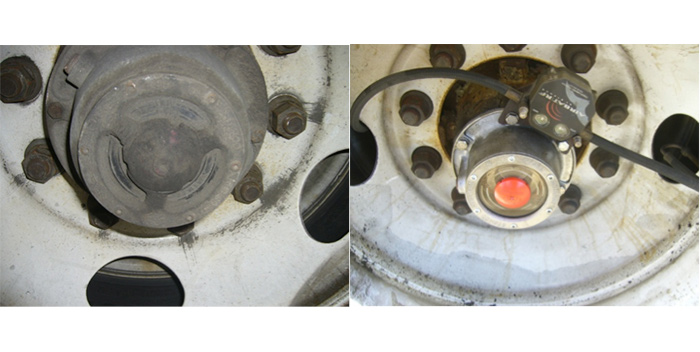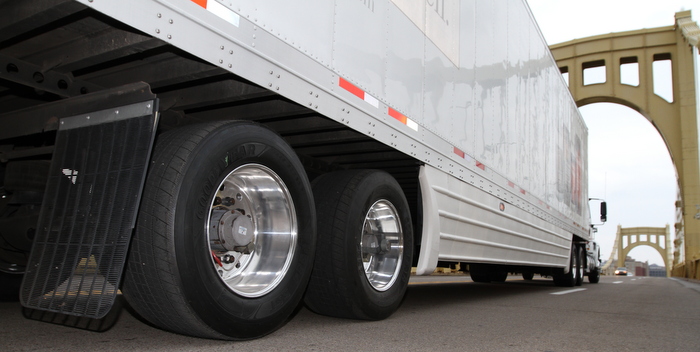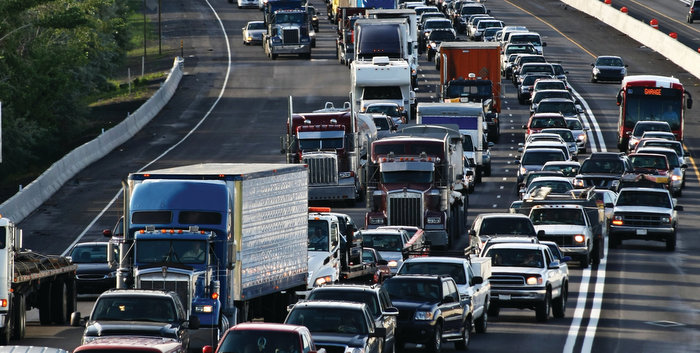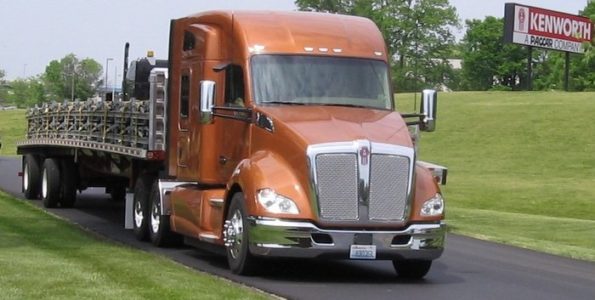Since the introduction of ultra low sulfur diesel (ULSD), small fleet owners have had to become extra-vigilant in maintaining their vehicles. In order to keep downtime to a minimum and ensure that all vehicles are running at optimum efficiency, it is imperative to keep bacteria proliferation in check. However, because ULSD has become the standard diesel fuel, tank maintenance has taken on more importance.
According to Phil Hamilton, national fuel addition sales manager, Schaefer Manufacturing Co., “In higher concentrations, sulfur served as a natural biocide in diesel fuel, killing off bacteria that were present due to contamination. However, the reduced sulfur levels in ULSD allow bacteria to survive and breed. If unchecked, these bacteria can spread in storage tanks to areas above the fill line, where it can avoid exposure to biocide additives and create a constant source of contamination. Bacteria can also grow in a vehicle’s fuel tank, particularly if that vehicle is only occasionally used or put in storage between seasons.”
Hamilton suggest the following to address diesel bacteria issues:
• Establish relationships with reputable suppliers. This applies primarily to those businesses that maintain their own fuel pumps and storage tanks. Fleet managers should choose reputable jobbers that can deliver product with guaranteed quality. This includes finding jobbers whose suppliers have established reputations for reliable fuel quality. Consistent track records through the regulatory changes associated with ULSD are one such indicator of excellence.
• Conduct periodic tests for moisture and bacteria. Test equipment every three to four months for excessive moisture and for bacteria contamination. They can also request their jobbers to recommend or assist in certain fuel quality tests.
• Evaluate vehicle use for appropriate maintenance needs. Tracking each vehicles’ usage is critical in determining what preventive measures to take in fighting bacteria contamination.
• Utilize biocide and seasonal fuel additives. Biocides can be added to vehicle fuel tanks in order to kill bacteria colonies and alleviate complications caused by bacteria proliferation. Some seasonal additives contain biocides and also serve to augment fuel lubricity in preparation for extreme temperature changes. Don’t rely solely on biocides; if contamination is present in a storage tank, that tank must be thoroughly cleaned, dried and treated to eradicate bacteria contamination.
• Determine appropriate preventive measures. By using products and services aimed at curtailing and eliminating contamination on the job site, fleets can save precious dollars by cutting down on lost revenue due to down time. This involves vehicle and storage tank maintenance as well as identifying potential causes of contamination where the fleet is stored and in the field.
Future EPA regulations may be even more stringent than the current guidelines, and will undoubtedly bring more complications as fuels evolve. Fuels will continue to meet progressively stricter regulatory standards.









